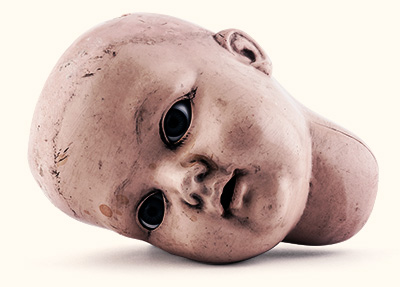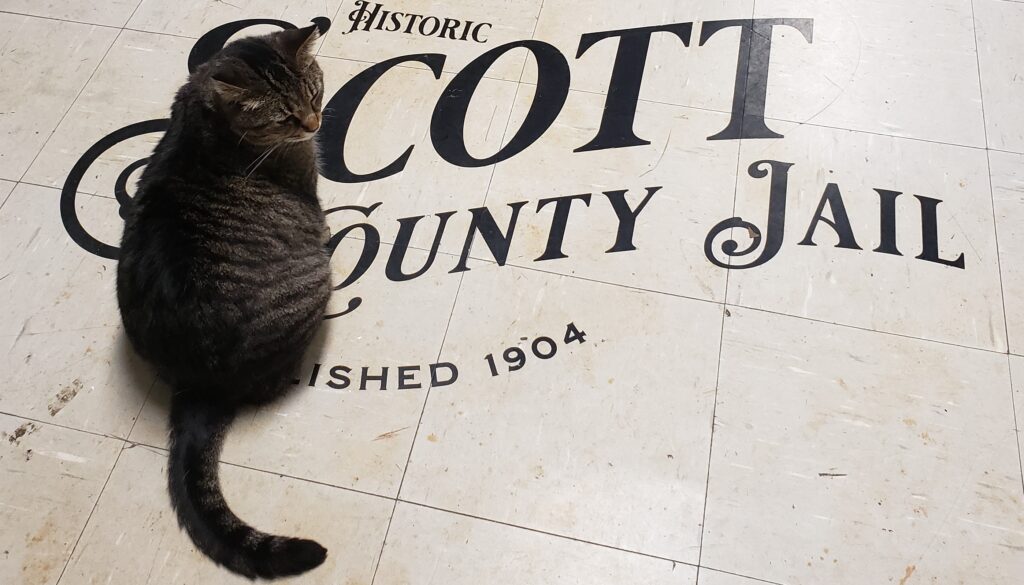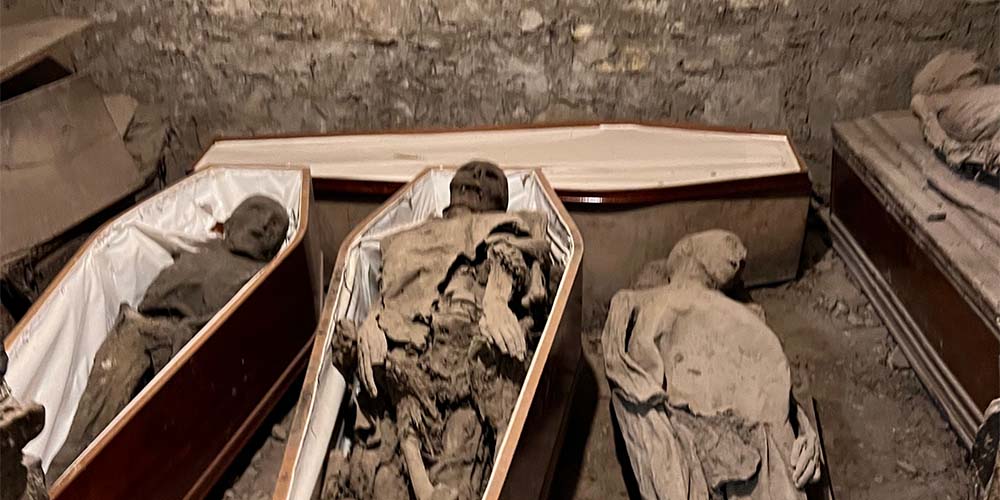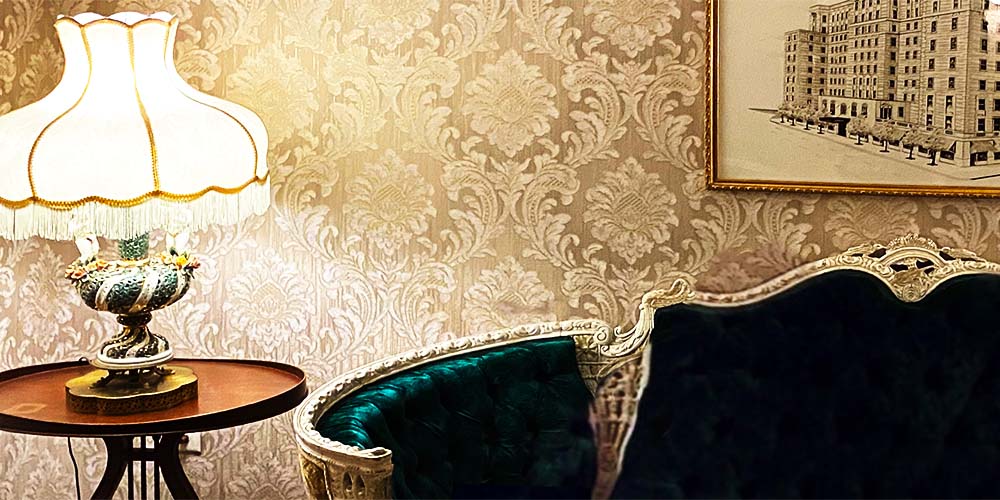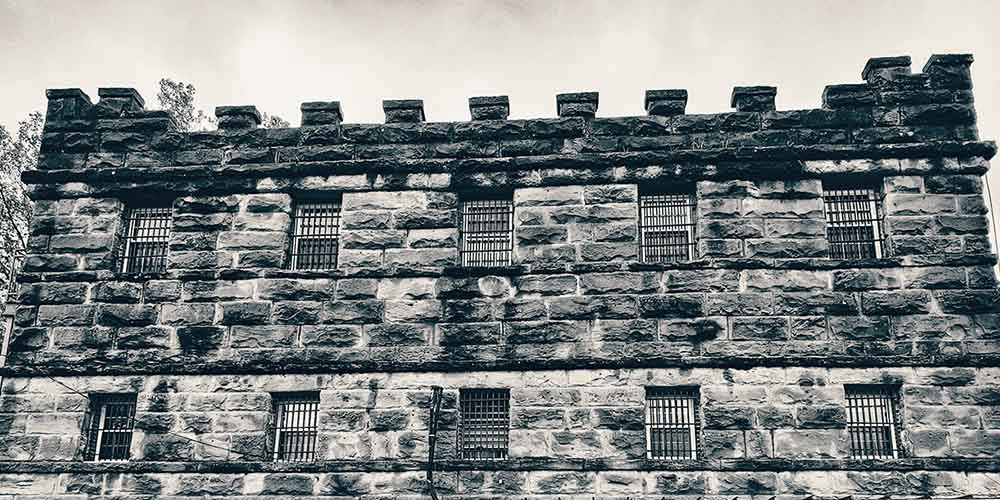
In Philadelphia, Pennsylvania stands Eastern State Penitentiary, This massive, eerie building holds the title of one of the most famous haunted places in America. A former prison with a sordid past and a haunted history, Eastern State Penitentiary, (aka ESP) housed some infamous inmates while in operation from 1829 until 1971.
Famous inmates at ESP
Notorious criminal inmates who served time at ESP include:
- Al Capone. Capone was arrested for having an unlicensed weapon—a fairly minor charge given his actual activities. The famous mobster received the maximum sentence at ESP, which led to allegations that he hid out in prison to escape blame for the St Valentine’s Massacre. Reportedly, the prison allowed Capone to have a fairly lavish cell with oil paintings, furniture, and a radio;
- Willie Sutton. This bank robber tunneled his way out of ESP, only to be re-arrested minutes later;
- James Bruno, A.K.A. Big Joe. After losing a series of key positions to rivals in the small town of Kelayres, PA (despite his attempts to fix the ballot boxes) Big Joe and his family mowed down the opposition’s victory parade in a rain of bullets in the 1934 Kelayres Massacre.
Architecture of the Prison
Known for his neo-classical style, Philadelphia architect John Haviland designed Eastern State Penitentiary. Haviland said he wanted the design of the prison to instill fear in those who considered committing crimes. Upon completion, the prison held the title of largest and most expensive public structure in the United States. ESP became the model for more than 300 prisons worldwide. The massive grounds sprawled across 10 and a half acres. It cost $800,000 to build, which would be equivalent to over $29,000,000 today!
Prison Operation
Originally, the prison operated under the Pennsylvania System. This method of reform required strict and complete solitary confinement with no communication except religious study. Over time, the guards and staff creatively supplemented these primary reforms with more outright, torturous punishments:
- The water bath (guards dunked inmates in icy water and hung them from a wall overnight while literally freezing);
- The mad chair (binding and restricting all movement for days at a time);
- The iron gag (guards shackled a prisoner’s tongue to his raised wrists, which, if relaxed, would tear the tongue);
- The Klondike (a dark cavern dug out under Cellblock 14 where prisoners were starved for extended periods)
Prison Closing
When the prison closed, most of the prisoners and guards transferred to Graterford Prison. ESP became home to stray cats and a forest growing in and between the walls. Autopsy Of Architecture writes that “the Eastern State Penitentiary Task Force successfully petitioned Mayor Wilson Goode to halt redevelopment. In 1994, Eastern State opened to the public for historic tours. Today, it operates as a museum and historic site and is open year-round. It was listed on the National Register of Historic Places on October 15, 1966, and was designated a U.S. National Historic Landmark on June 23, 1965.”
Eastern State Penitentiary Trivia
Building Trivia
- Considered to be the world’s first true penitentiary, ESP’s inception came about when American Founding Fathers first brainstormed the idea of this new prison in a meeting held at Benjamin Franklin’s house in 1787.
- Quite likely, ESP is the first prison in the US that housed a synagogue, constructed in 1924 and fully restored in 2009.
- Before 1959, prisoners at ESP would make dentures in the dental lab on the grounds.
- The building’s unique wagon wheel shape allows a guard to stand at the center and quickly see down every corridor (each a spoke of the wheel) simply by turning. This innovative architecture proved convenient for the many decades the prison operated before CCTV monitoring.
- The octagonal room directly above the central surveillance hub—just one of the several libraries at ESP—housed 10,000 books in several languages by the beginning of the Civil War.
- Most of ESP’s 1,000 cells and rooms remain untouched since the building was abandoned in 1971. This state of decay and ruin is an intentional visual reminder of the prison’s period of abandonment.
Animals at the Prison
- By the 20th century, the prison officially allowed incarcerated men to have pet canaries. Pet rats were technically not allowed, but were still commonly given a pass.
- In 1924, a dog named Pep went to live at the prison to boost prisoner morale, following a similar successful stunt in Maine. The state governor attempted to make it a joke, “booking” and incarcerating the Scotch retriever for “cat murder.” This sparked hundreds of protests from dog lovers as far-reaching as the Philippines, proving yet again that the funniest jokes are ones you have to explain and apologize for for years afterwards.
Prisoner Trivia
- By 1926, the Christmas feast included cigars for prisoners.
- Famous visitors to the prison included Charles Dickens (who wrote about the appalling psychological torture taking place at ESP) and Alexis de Tocqueville.
- The prison required the warden to visit every inmate every day.
- At least 35 inmates were former enslaved persons, at least 3 of whom received sentences of 3 years for theft of items totaling less than $1 in value. One former enslaved person, Thomas Dane, made a daring escape through a sewer in 1870, about a century before the prison closed. Formerly enslaved prisoners suffered a mortality rate 3 times that of formerly free Black prisoners, which in turn was 3.5 times that of White prisoners.
- The prison only abandoned solitary confinement as a reform measure when the cells became overcrowded. While Haviland designed ESP to house 250 inmates, at its peak, the prison’s population topped 1700 inmates.
- In 1923, Warden Robert McKenty tasked a small gang of prisoners known as the Four Horsemen with handling minor disputes among fellow prisoners. To nobody else’s surprise, the Four Horsemen abused this authority to create an enormous drug ring. While drug smugglers were sent to basement confinement, ESP treated opioid addiction (“morphinomania”) as a treatable medical disease as far back as the early 1900s, revolutionary for its time.
- Up until 2019, ESP hosted a bizarre annual alumni reunion, where ex-employees and ex-inmates could reminisce together about living and working at the prison.
The Haunting of Eastern State Penitentiary
However, what the former prison is most famous for is being one of the most haunted places in America—hundreds of paranormal experts visit each year—even being featured on Travel Channel’s Ghost Adventures and Most Haunted Live, Syfy’s Ghost Hunters, and MTV’s Fear.
Even back when it was still in operation, famous inmate Al Capone reported that the ghost of a St. Valentine’s Massacre victim, James Clark, haunted his cell.
Below, we’ve listed several stories and sounds visitors have heard. These stories dated back to the 1940s and are corroborated “by visitors, staff guards and inmates,” according to an article on NPR called “Is Eastern State Penitentiary Really Haunted?”
Some of the haunted experiences visitors report:
- Cackling and echoing voices come from Cellblock 12
- Shadow figures dart along the walls in Cellblock 6
- Visitors to Cellblock 4 have visions of ghostly faces
- A silhouette of a guard appears in one of the towers
- Footsteps
- Wails
- Whispers
- Giggling
One of the most legendary tales comes from Gary Johnson, a locksmith who helped maintain the former prison. In the 1990s, Johnson worked to remove an old lock in Cellblock 4, when he says “a force gripped him so tightly that he was unable to move. [It was] a negative, horrible energy that exploded out of the cell” in a blast of cold air. Tormented faces appeared on the cell walls and one form in particular beckoned to him. Could he have opened a portal of some sort when he opened that stuck 140-year-old lock?
Tour this famous haunted prison
Today, Eastern State Penitentiary operates as a historic site and museum that is open year-round and offers daytime and nighttime tours. Daytime general admission occurs Wednesday through Sunday from 10 am to 5 pm (last entry 4 pm). Admission includes a self-guided audio tour narrated by Steve Buscemi, with some former guards, wardens, and even prisoners also contributing. Additionally, you can access some closed areas like the Klondike and hospital with a guide at specific posted times. If you want something a little more in-depth, full guided tours are also available. At the time of this writing, tickets for Daytime Prison Tours are discounted when purchased in advance, and are not date or time specific.
For Halloween of 2021, ESP will host a special series called “Halloween Nights,” which runs on select evenings from September 24th, 2021 until November 13th, 2021. Tickets for Halloween Nights are $34.
While you’re at ESP, check out The Fair Chance Beer Garden on the audio tour, which includes a guided meditation. The Beer Garden itself is part of an awareness campaign designed to make visitors really think about who gets incarcerated in the US, and why, and how that affects their lives upon release. The local brewery that serves beer at The Fair Chance, Triple Bottom Brewing Company, is a certified B Corp dedicated to providing living-wage jobs for people who have experienced homelessness or incarceration.
Can’t make it there by November 13th? Keep up with ESP on Facebook or Instagram for other upcoming tours and events.
Have you visited Eastern State Penitentiary and have stories to tell? You can fill out our form to submit your story and/or picture to be featured!
Stephanie Long contributed to this article.

